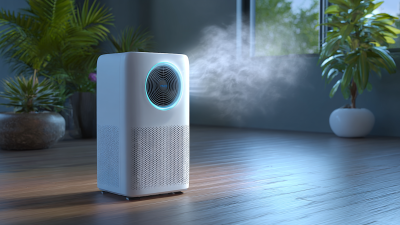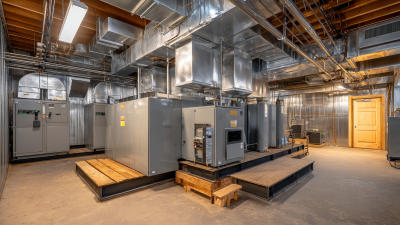When it comes to maintaining optimal indoor air quality and comfort during the colder months, selecting the right furnace humidifier filter is crucial. According to the U.S. Environmental Protection Agency, maintaining indoor humidity levels between 30% and 50% can significantly reduce the prevalence of respiratory issues and improve overall health. Furthermore, the American Lung Association emphasizes that a properly functioning furnace humidifier filter can not only enhance comfort but also improve the efficiency of your heating system, potentially lowering energy costs by up to 10%. With a variety of options available on the market, understanding the different types of furnace humidifier filters and their respective features is essential for making an informed choice. This essential guide provides valuable tips to help you navigate the selection process, ensuring you achieve the ideal balance of humidity for your home.
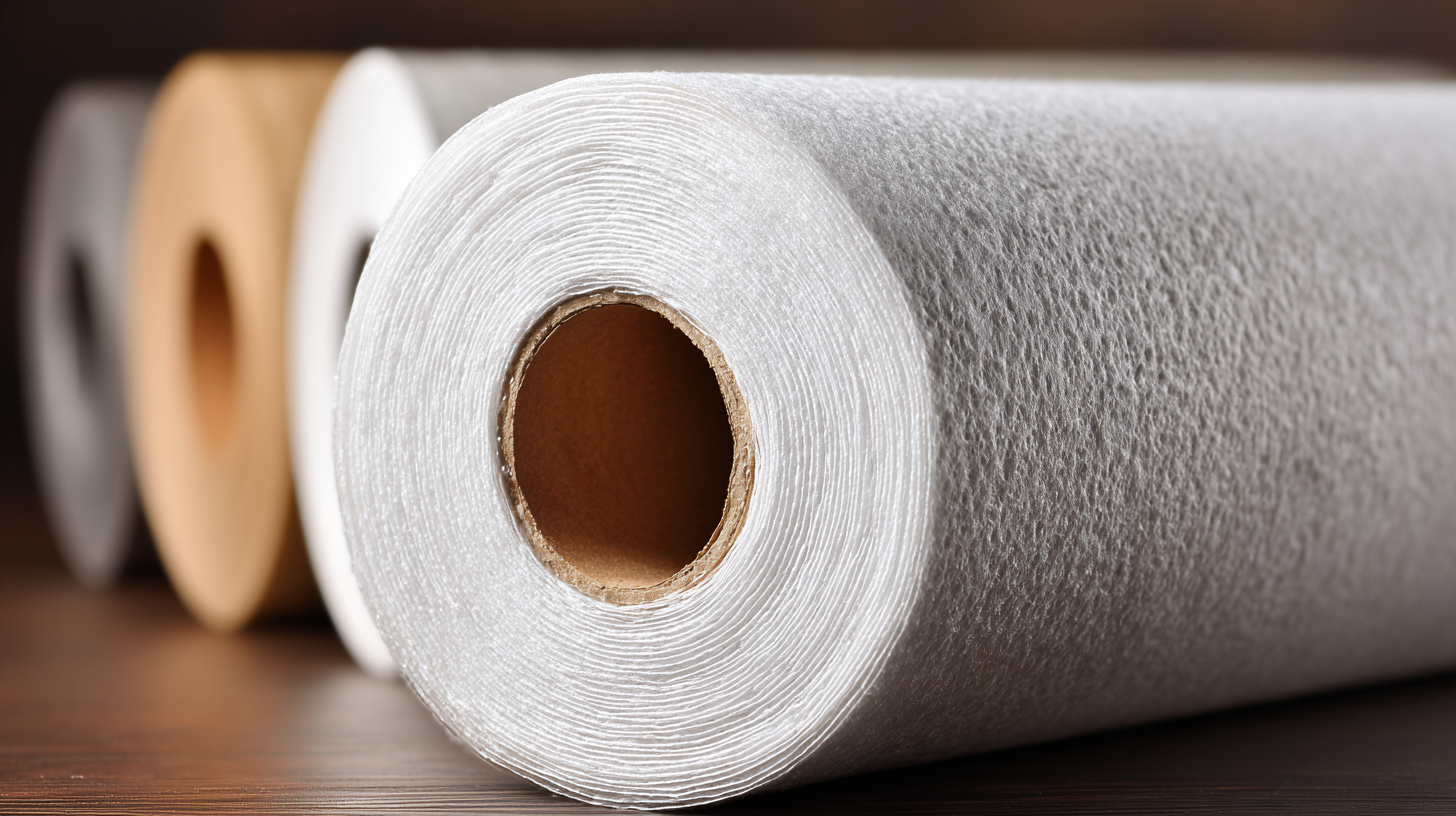
Furnace humidifier filters play a crucial role in maintaining indoor air quality and comfort. These filters come in various types, each designed to meet specific needs. The most common types include evaporative, bypass, and fan-powered filters. Evaporative filters utilize a moistened wick to evaporate water into the air, enhancing humidity levels efficiently. Bypass filters, on the other hand, draw air from the furnace and force it through a damp filter, adding moisture before circulating it throughout the home. Fan-powered filters incorporate a dedicated fan to push air through a saturated filter, providing a more robust humidification solution, especially in larger spaces.
Understanding the functions of these filters is essential for homeowners looking to optimize their heating systems. Evaporative filters are generally more energy-efficient and easier to maintain, while bypass and fan-powered options are better suited for homes with higher humidity requirements. Selecting the right type of filter not only ensures effective humidification but also prolongs the life of the furnace by reducing strain during operation. By recognizing the unique advantages of each filter type, homeowners can make informed decisions to enhance their comfort and air quality.
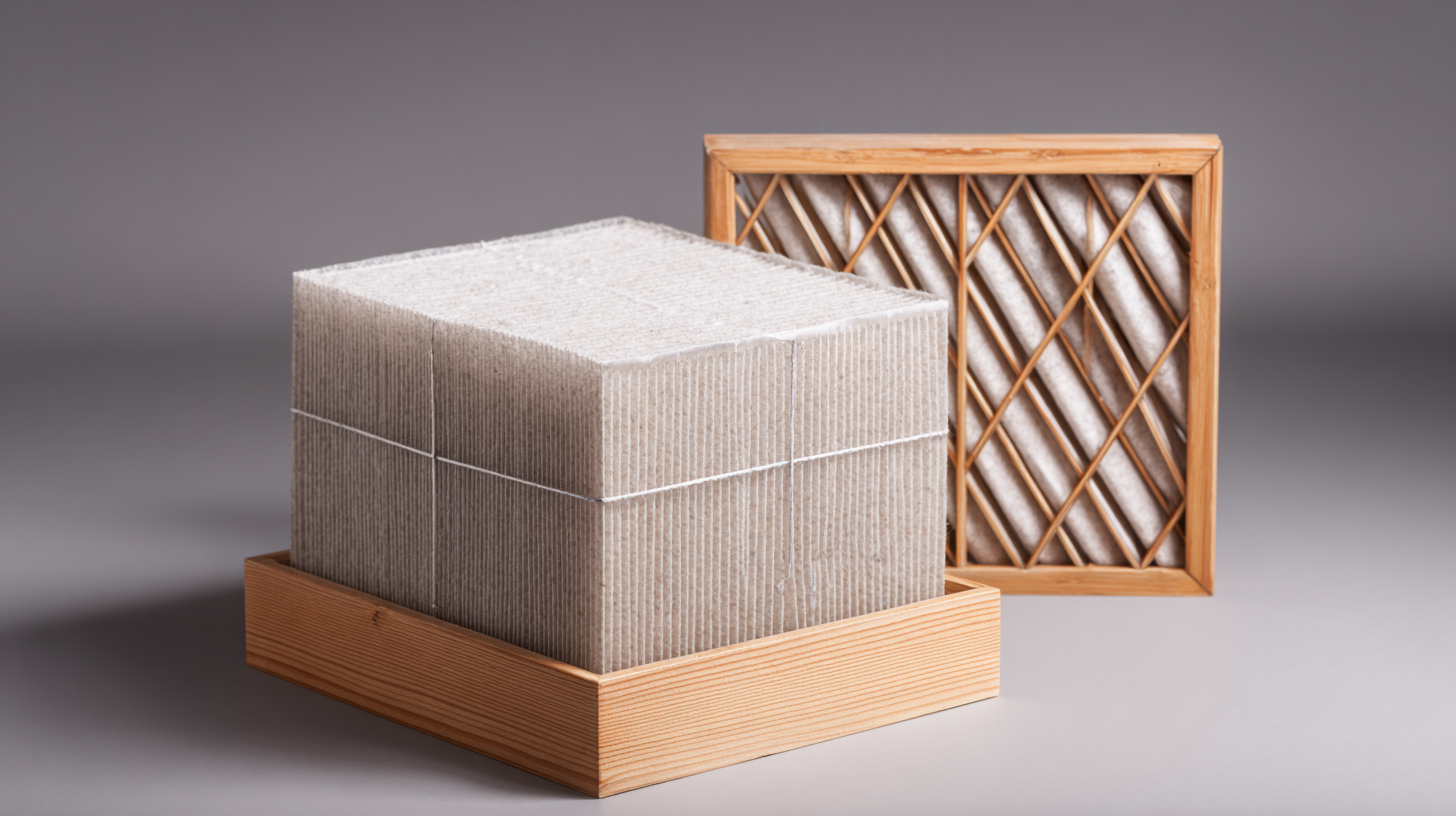
When it comes to maintaining optimal humidity levels in your home, understanding humidifier filter efficiency is crucial. Filters are rated based on their ability to capture particles, which can significantly impact air quality. The Minimum Efficiency Reporting Value (MERV) rating system is often used to assess filter efficiency. Filters with a MERV rating of 8 to 12 can remove approximately 85% of airborne particles, including dust, pollen, and mold spores. Higher-rated filters, such as those at MERV 13 and above, can trap even smaller particles, providing a cleaner indoor environment. Reports indicate that homes equipped with high-efficiency filters can see a reduction in respiratory problems and allergies among inhabitants.
**Tips:** Always check the MERV rating before purchasing a humidifier filter. A filter that is too efficient for your system can restrict airflow and decrease system performance. Additionally, consider the specific needs of your household—if allergies are a concern, opt for a filter with a higher MERV rating, while standard ratings may suffice for general use.
Also, remember to monitor filter replacement intervals. According to the Home Ventilating Institute, filters should typically be changed every 1-3 months, depending on use and environmental factors. Regular maintenance not only ensures optimal performance but also prolongs the life of your humidifier system, offering the best comfort for you and your family.
| Filter Type | MERV Rating | Efficiency (%) | Lifespan (Months) | Maintenance Frequency (Months) |
|---|---|---|---|---|
| Pleated Filter | 8-10 | 85 | 6 | 3 |
| HEPA Filter | 13-16 | 99.97 | 12 | 6 |
| Activated Carbon Filter | 10-12 | 90 | 6 | 4 |
| Synthetic Filter | 5-8 | 70 | 3 | 2 |
| Washable Filter | 4-6 | 50 | 24+ | 1 |
Choosing the right filter material for your furnace humidifier is crucial for maintaining air quality and comfort in your home. When considering filter options, two popular materials come to the forefront: fiberglass and electrostatic filters. Fiberglass filters are affordable and widely available, making them an accessible choice for many homeowners. They capture larger particles, but their efficiency in trapping smaller pollutants is limited. On the other hand, electrostatic filters utilize static electricity to attract and trap dust and allergens more effectively, improving indoor air quality significantly.
**Tips for Choosing the Right Filter:**
1. **Consider Air Quality Needs**: If your home has allergy sufferers or pets, electrostatic filters may be the better option due to their superior filtration capability.
2. **Check Compatibility**: Ensure that the filter you choose is compatible with your humidifier model to maximize its efficiency.
3. **Maintenance Matters**: Remember that electrostatic filters may require less frequent replacement compared to fiberglass filters, making them a more convenient choice over time.
Ultimately, understanding the differences between these filter types can help you make an informed decision, ensuring a healthier and more comfortable environment in your home.
Maintaining your furnace humidifier filter is crucial for ensuring optimal performance and longevity. Regular checks should be part of your routine, as these filters can accumulate dust, mold, and other contaminants over time. A good practice is to inspect the filter monthly, especially during peak usage seasons. If you notice visible dirt or a change in airflow, it’s time to clean or replace the filter. Use a soft brush or vacuum to gently remove debris, and if the filter is washable, ensure it is thoroughly dried before reinserting it.
In addition to regular inspections and cleanings, keep an eye on humidity levels in your home. Optimal humidity ranges from 30 to 50 percent; if levels exceed this, your humidifier may work harder than necessary, straining the filter. Always follow the manufacturer’s guidelines for your specific model regarding maintenance frequency and filter replacement. By adhering to these tips, you can extend the lifespan of your furnace humidifier filter and maintain a comfortable living environment all year round.
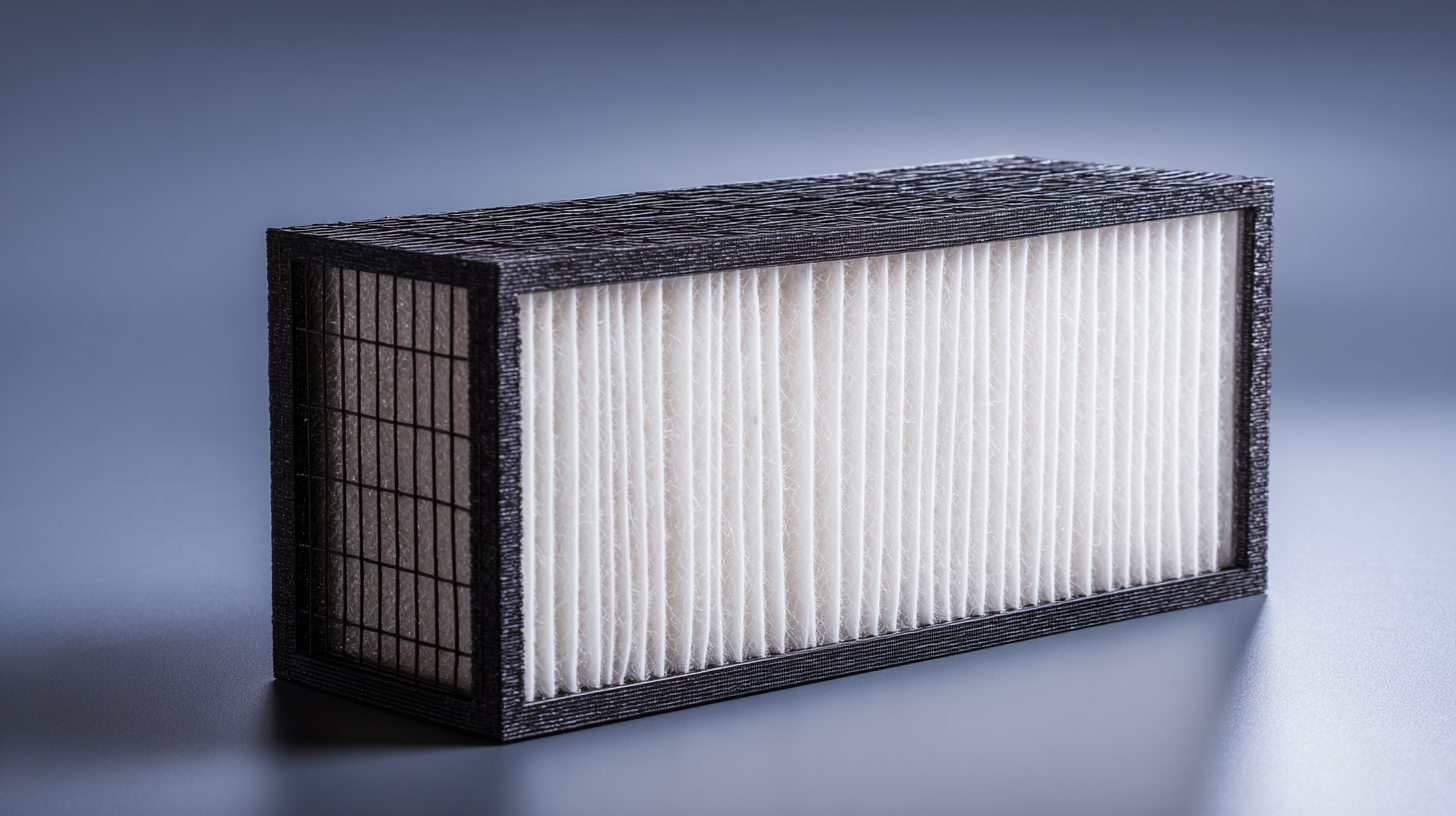
Seasonal changes have a significant impact on the performance and needs of your furnace humidifier filter. During the winter months, when indoor heating systems are in full use, the air tends to become drier. This increased dryness can create an environment where dust, allergens, and other particles are more prevalent. Consequently, your humidifier filter may require more frequent replacement to ensure it operates efficiently, eliminating impurities while maintaining optimal humidity levels.
In contrast, the humid summer months often bring higher moisture levels, which can lead to mold and mildew growth within the humidifier system. This can negatively affect air quality and the overall efficiency of the system. As a result, it's crucial to monitor and possibly upgrade your filter during this time to prevent any buildup of contaminants. Adjusting your filter choice and maintenance schedule based on these seasonal variations is essential for ensuring the best performance of your humidifier and enhancing your indoor comfort throughout the year.
